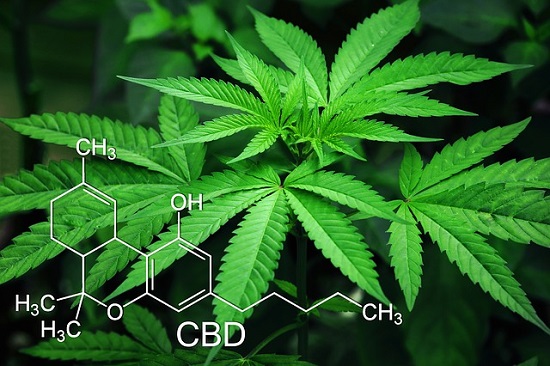If you’re preparing to acquire a cannabis dispensary or brand, brace yourself.
It’s no easy feat.
Yeah, you could end up pulling in some serious profits. But there’s just as much potential that you’ll face losses.
There are a lot of reasons for this – the constantly changing regulations and ordinances not being the least of them. It’s essential you know these inside and out.
So if you were never a big fan of doing homework, then you may want to consider acquiring something simpler. Like a lemonade stand.
Because taking on a cannabis dispensary or brand means you’ll need to do A LOT of homework.
Let’s start with the dispensary.
The Steps to Acquire a Cannabis Dispensary
In both cases, your first point of focus should be on the financials.
If the dispensary you’re considering does not demonstrate stability, depth of penetration, and market share, then you’re taking a big risk. Any sign of choppy cash flow is an indication of potential systemic problems that will be exceedingly difficult to resolve.
You don’t need that noise.
The prior 12 months should show a flat-to-up trend with at least a 40% gross profit. And the top-line revenue should be a minimum of $3.5 million.
But the above numbers alone are not enough.
Consider the whole package. Any issues with licensing, high turnover, accounting irregularities, disciplinary actions from regulators and/or complaints filed against the dispensary are red flags. With any of these, you’ll need to weigh the risks.
If you’re still in, then your next step is proprietary due diligence.
Depending on the complexity of the acquisition, this can be a long and tedious process with multiple timelines and intricacies. The more information that needs to be investigated, the longer the process. So patience will be of the utmost importance.
While a fast timeline or limited budget can limit due diligence, you’re better off sticking with a thorough process. Taking the extra time now will reduce the risk of bigger problems later.
Once the due diligence process is completed, mergers and acquisitions analysts will create a report and assess the due diligence score. This is a score that objectively summarizes the business so the mergers and acquisition committee can more easily make a decision.
It might sound like a lot, but most of the time, dispensary acquisitions are pretty straightforward. The financials say a lot about the target company.
As such, this leaves less room for subjectivity during the decision-making process. That’s NOT the case for acquiring a brand, however.
Acquisition of a Cannabis Brand
The evaluation criteria here is more subjective.
For brand acquisitions, the prior 12 months should show an overall up-trending pattern with a top-line revenue of at least $5 million.
Much like the dispensary acquisition process, acquiring a brand starts by reviewing the financials and looking for those same red flags. But from there, the mergers and acquisition team begins a subjective evaluation to determine the brand’s penetration into its respective market.
Market share will be the most important factor. To determine this, the team creates a grading process that depends on a number of factors.
For instance, what is the number of dispensaries in the area that carry the brand? What percentage of the brand’s products are displayed in each store? And where are they located in the store?
Finally, merger and acquisition analysts perform an onsite visit where they prepare a highly comprehensive report on the brand. These reports can be extensive and will be utilized by the acquisition committee to make final decisions.
Are You in the Market for Acquisitions?
Now that you know the basics of what it takes to acquire a cannabis dispensary or brand, you might be ready to boldly go forward.
If so, we wish you the best of luck.
Once your acquisition is complete, contact us for reliable and experienced cannabis marketing and public relations.
We’re well-known and respected in the industry.
